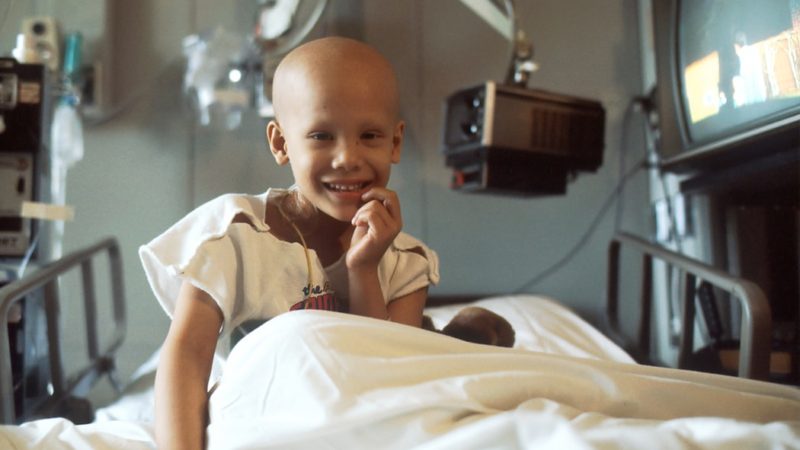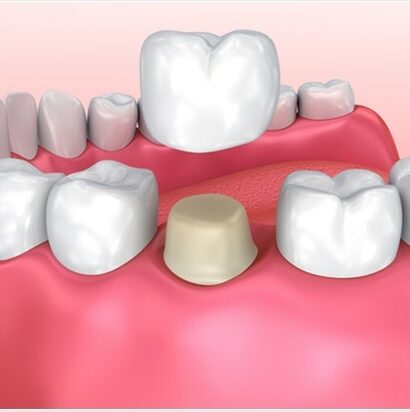According to a recent survey by Lancet Oncology, about four lakh children get affected by pediatric cancer every year. Among all the cases, though only 150-200 are cases of liver cancer, the risks of long term effects make it one of the most lethal cancer types in children.
What is Pediatric Liver Cancer?
It is a type of cancer in children in which the cancerous tumour forms in the tissues of the liver. When the tumour is restricted to the liver only, it is known as primary liver cancer. However, when it starts spreading to the nearby organs, then it becomes secondary liver cancer. It is advisable to consult experts, even if the slightest symptoms begin to appear.
What Are The Different Types Of Pediatric Liver Cancer?
Generally, pediatric liver cancer is categorized into two types:
- Hepatoblastoma
Liver cancer which doesn’t spread beyond the liver is known as Hepatoblastoma. It is prevalent in children aged from two months to three years. In most of the cases, cancer begins from the liver’s right lobe.
- Hepatocellular Carcinoma
When the liver cancer spreads to the other parts of the body, it is termed as hepatocellular carcinoma. It occurs in children who are above 14 years of age and is prevalent in the Asian and African continents.
What Are The Symptoms Of Pediatric Liver Cancers?
For a better and quick treatment for liver cancer, a doctor should be consulted immediately after the following symptoms of liver cancer appear:
- Weight loss
- Reduced appetite
- Swelling/ lump in the abdomen
- Early puberty in boys
- Vomiting/Nausea
Treatment For Liver Cancer
There are several treatment methods available for pediatric liver cancer, the best of which the doctors decide after considering several factors such as chances of recovery, general health of the child, age, etc. General treatment methods for pediatric liver cancer are:
- Surgery
Surgery involves complete removal of the cancerous cells. Again surgery procedure is of different types:
- Cryosurgery: In this method, special instruments are used to get rid of the tumour which hasn’t spread to the other parts yet.
- Partial Hepatectomy: Partial hepatectomy or liver resection involves the removal of tumour cells from the liver, which can be in the form of a tissue wedge, lobe, or a large part of the liver.
- Total Hepatectomy: Also known as liver transplant, it is opted for in the cases when the liver can no longer function usually.
- Resection of Metastases: Cancer cells which have spread beyond the liver are removed.
- Chemotherapy
It involves the usage of drugs to stop the growth of cancerous cells in the body. Medicines are either orally administered or directly injected.
- Radiation Therapy
It involves the usage of X-rays or other radiation to destroy the tumour cells before they grow any further.
Other methods like percutaneous ethanol injection and watchful waiting are also used in some cases.
Final Word
The liver is one of the most vital organs of the body, responsible for making the bile juice for digestion. Since children are less likely to know what is causing them the pain or other symptoms, their parents should be vigilant about the appearance of such symptoms in their child.













